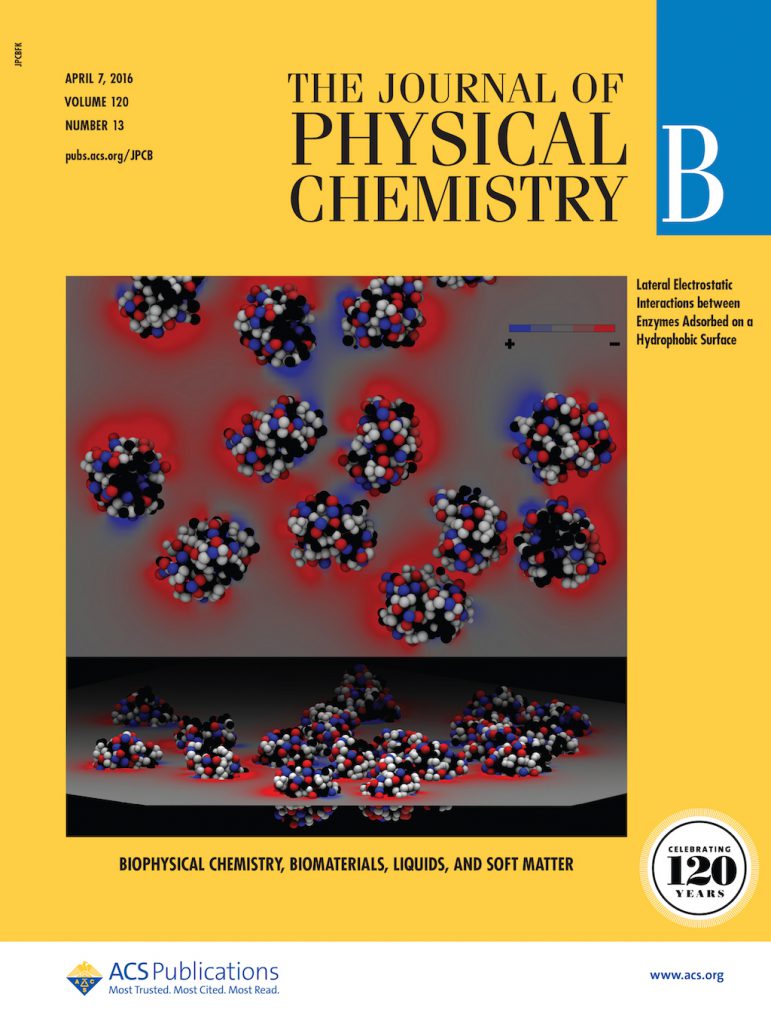Nanomaterials: From Clay to Biomaterials
 In this project we aim to develop new computational methods for studying material properties at a broad range of length and time scales. In particular we target two applications of high interest to Swedish industry: dissolution of cellulose and the stability of clay materials. To develop new applications and to optimize existing ones, a deep insight into the molecular mechanisms is required. Here computer simulations can reveal how materials function. Simulations can further test modifications and suggest experiments.
In this project we aim to develop new computational methods for studying material properties at a broad range of length and time scales. In particular we target two applications of high interest to Swedish industry: dissolution of cellulose and the stability of clay materials. To develop new applications and to optimize existing ones, a deep insight into the molecular mechanisms is required. Here computer simulations can reveal how materials function. Simulations can further test modifications and suggest experiments.
Aims
In this project we seek to gain molecular understanding of the physical properties of materials such as clay, cement, cellulose, and industrial enzymes. For example, why is it so difficult to dissolve cellulose? And why do clay platelets assembly into ordered structures? How can we optimize the adsorption of fat-degrading enzymes to fabrics?
As these materials are large, i.e. nano-meters and above, multiscale modelling is required and for this purpose we develop general purpose and open source simulation software. Comparison with experimental observations is crucial for us and when not collaborating with other academic institutions or industry, we perform our own measurements specifically designed to connect to theoretical modelling.
Methods
For both clay and cellulose we have developed a common computational platform for atomistic and coarse-grained simulations, namely the freely available software package Faunus. Using this set of statistical mechanical tools, we have set up a computational screening protocol for how potential co-solute additives influence the solubility of cellulose fibres, and for studying aggregation of clay particles. The main methodologies are Metropolis Monte Carlo, Molecular Dynamics simulations, as well as a range of experimental techniques used to refine our models.
Research group
PI:Mikael Lund
Theoretical Chemistry, Lund University
Marie Skepö, Magnus Ullner, Jan Forsman, Valera Veryazov
Division of Theoretical Chemistry, Lund University
Axel Turesson, Björn Stenqvist, Erik Wernersson, Björn Persson
Division of Theoretical Chemistry, Lund University
Links and references
- Theoretical chemistry home page: http://www.teokem.lu.se/
- Faunus home page: http://faunus.source.forge.net/